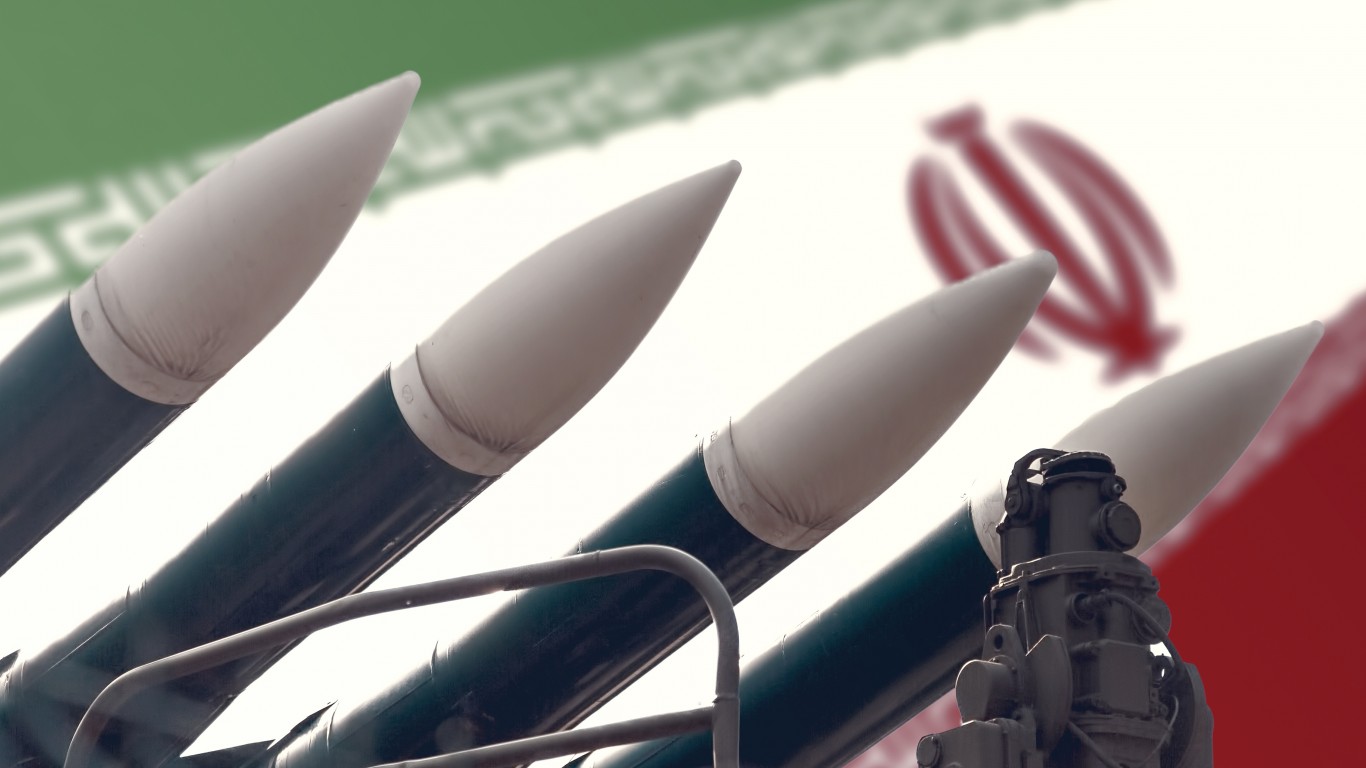
Iran is one of the most disruptive countries to the world order today. Its leaders would like to shake up the power structures of the Middle East to become the predominant regional power. And in this chaotic period of history, they might just get what they want.
Key Points

- Iran is a rival to most countries in the Middle East.
- The chaos in the region may become Iran’s moment to start building nuclear bombs.
- Check out: 2 Dividend Legends To Hold Forever and Discover “The Next NVIDIA
Iran in History
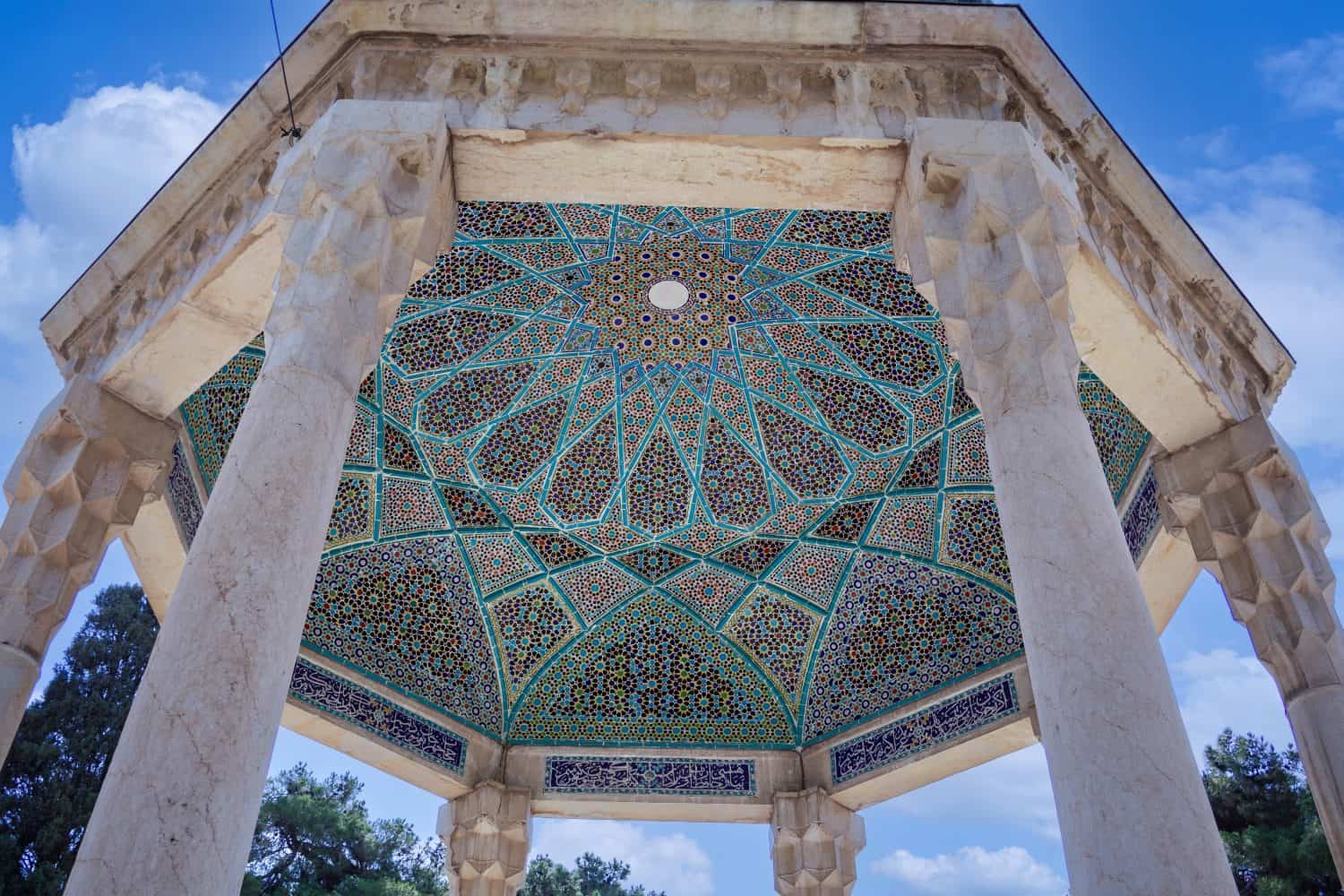
In ancient times, Iran was known as Persia. It became a powerful empire, ruling everything from Central Asia through Turkey, the Levant, and Egypt. Even when it was conquered by other nations, its culture infused theirs and they eventually came out on top. In modern times, Iran became so strategically important for its oil and location that Britain and the Soviet Union occupied it during World War II, restoring its independence after the war.
Iran-Western Relations

Iran was a U.S. ally until 1979, when islamic militants took over the country and held U.S. embassy personnel hostage for over a year. Since then, the U.S. and Iran have been on the brink of war several times over terrorism sponsored by Iran, its promotion of Shiite paramilitary groups in the region, and its harrassment of Persian Gulf oil shipping during the Iran-Iraq War. Currently, Iran is moving ahead with a nuclear research program that the world community recognizes as a nuclear weapons program.
Iran’s Nuclear Weapons Program
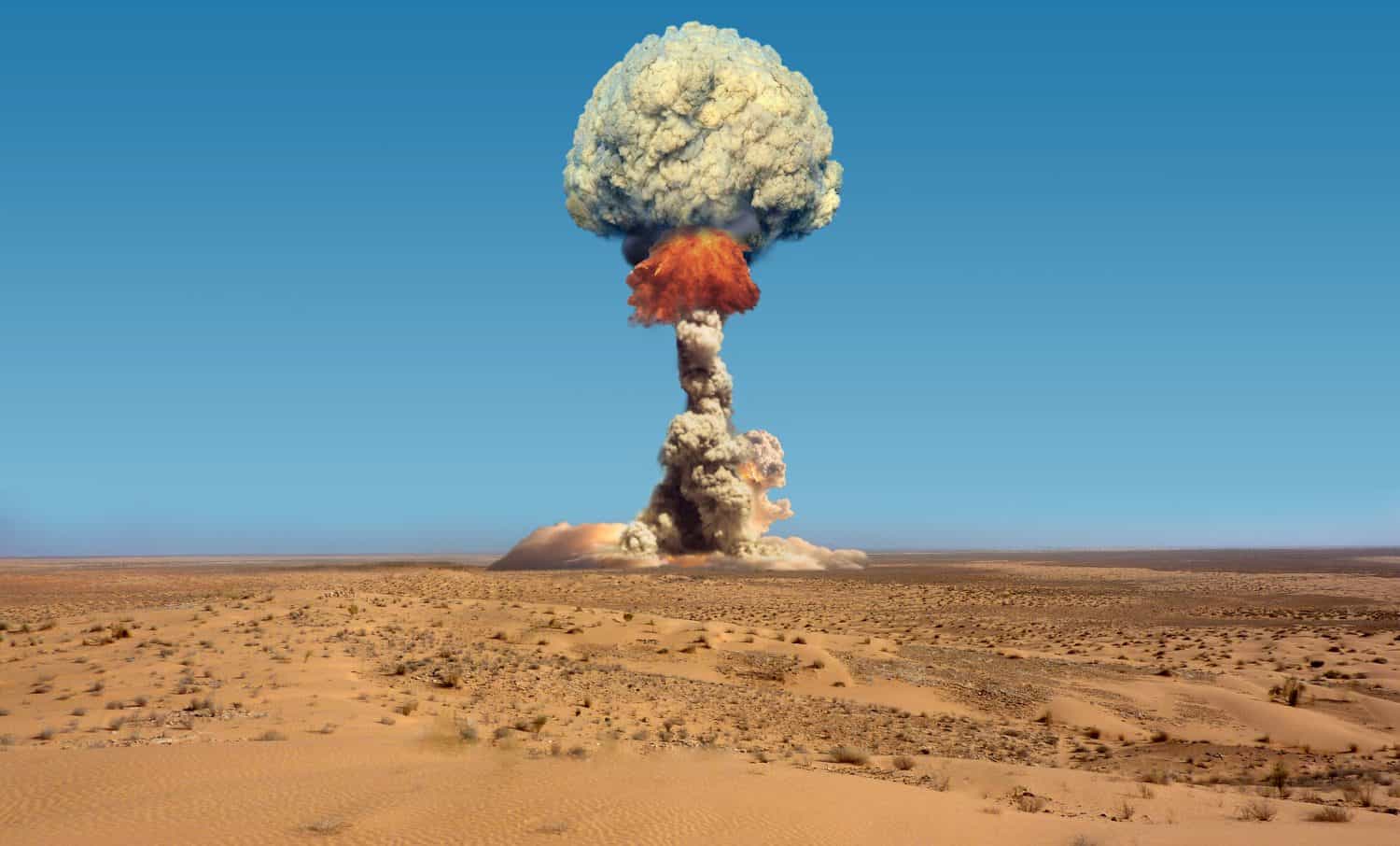
Iran is developing nuclear technology, ostensibly for nuclear energy, but the country has abundant petroleum and no legitimate nuclear energy needs. The international community has imposed strict sanctions. A deal to slow down Iran’s weapons-grade uranium production in 2015 was struck down by President Trump in 2018. Since then, Iran has accelerated its uranium enrichment to the point that its engineers might be able to assemble up to 16 weapons within 5-6 months. Iranian leaders likely think nuclear weapons will keep safe from U.S. or Israeli attack, and give them the option of preemptively striking their enemies.
How Will the West Respond?
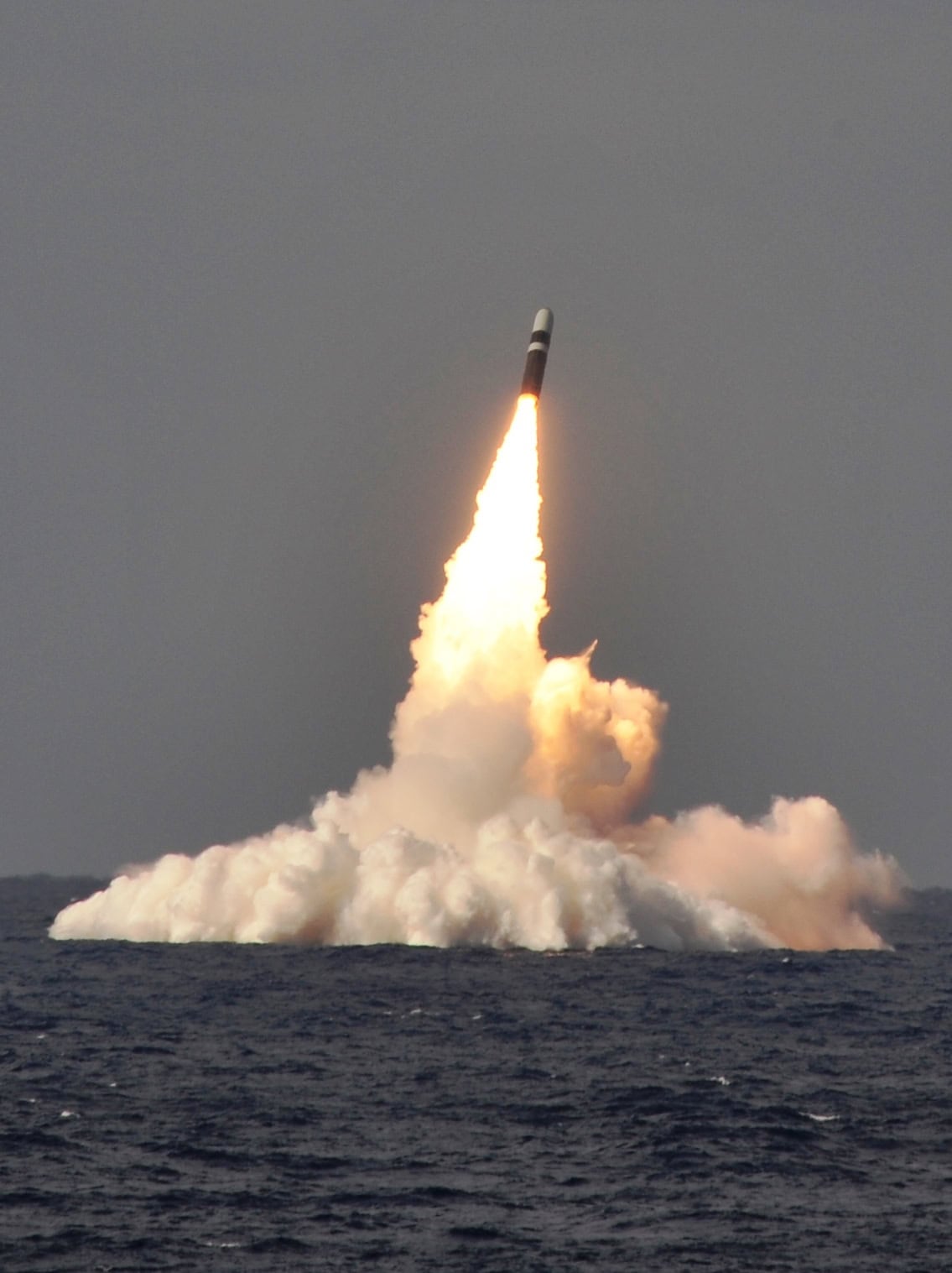
Truthfully, there are not many options for the West to respond to an Iranian nuclear breakout. Destroying Iran’s deeply buried research and storage facilities could require more than conventional air-, drone-, and missile- strikes. Ground forces or even tactical nuclear weapons may be the only options to make sure the job is done.
On the other hand, economic sanctions and diplomatic isolation have not been able to stop Iran’s progress. The only other option for the West to punish Iran is through a containment model, such as what was done with the Soviet Union, China, and now with North Korea. In other words, creating a network of alliances around them and building up military forces to deter them from adventurism.
Countries Iran is Messing With

Iran knows that it is militarily weaker than the United States and Israel and that war with one or both of them could occur if they attack their rivals in the Persian Gulf as well. So it prefers to take an indirect approach by funding, arming, and training paramilitary forces in Yemen, Iraq, Syria, Lebanon, and the Palestinian territories.
This has destabilized the entire region and created an opening for Iran to achieve its objectives. In the general chaos, Iran might belief it has an opportunity now to break out to nuclear status with its rivals too preoccupied elsewhere to oppose them. Here’s the current status of Iranian interference in those five regions.
1. Yemen
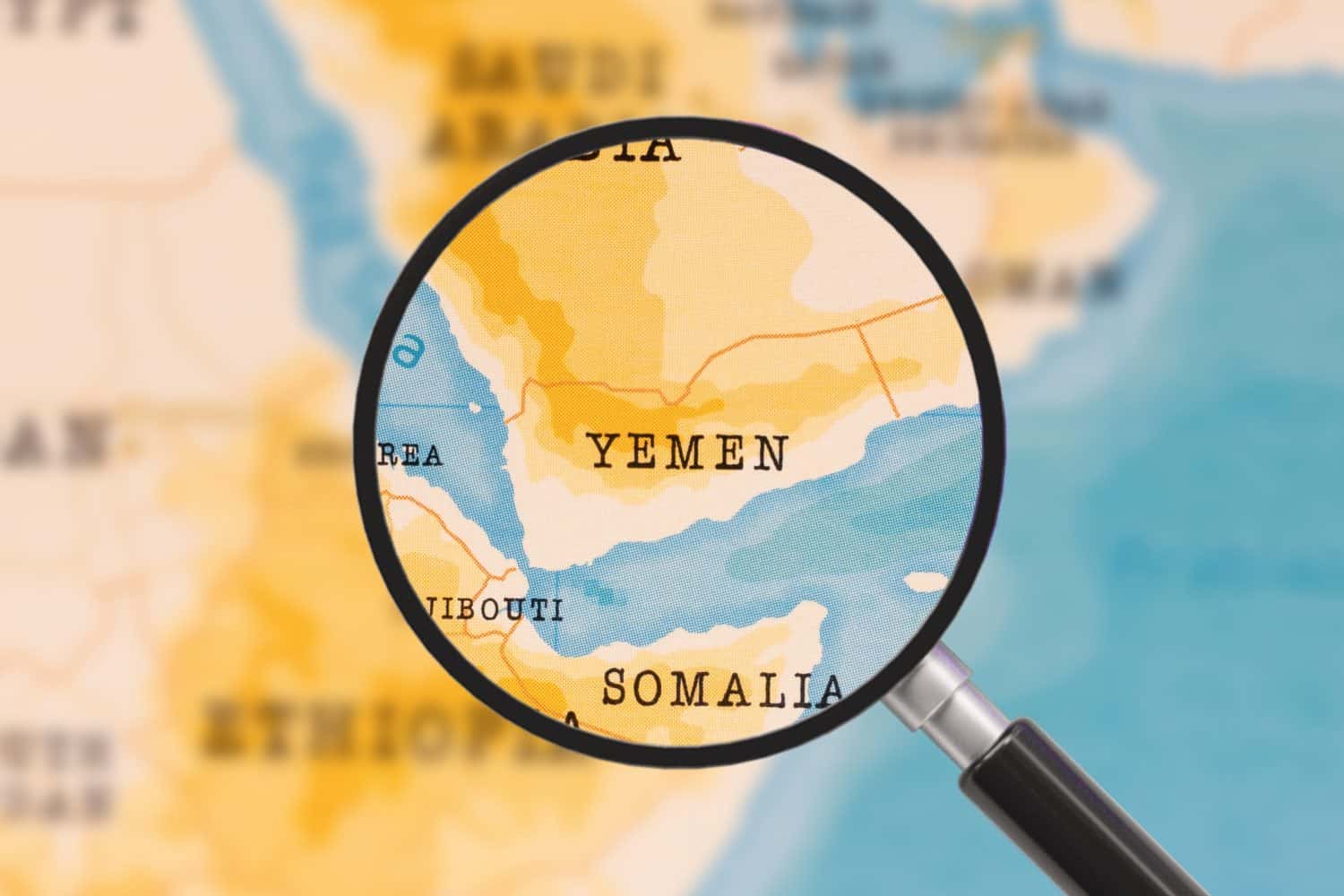
Iran supports the Houthi rebels in Yemen, who share Iran’s Shiite Islamic ideology. An insurgency started in 2004 and the rebels took over the capital in 2014. The ensuing civil war has created a humanitarian crisis that has cost hundreds of thousands of lives. The Houthis have launched missile attacks against Saudi Arabia, Israel, and shipping in the Red Sea in solidarity with Gaza, which has been at war with Israel.
Western Response
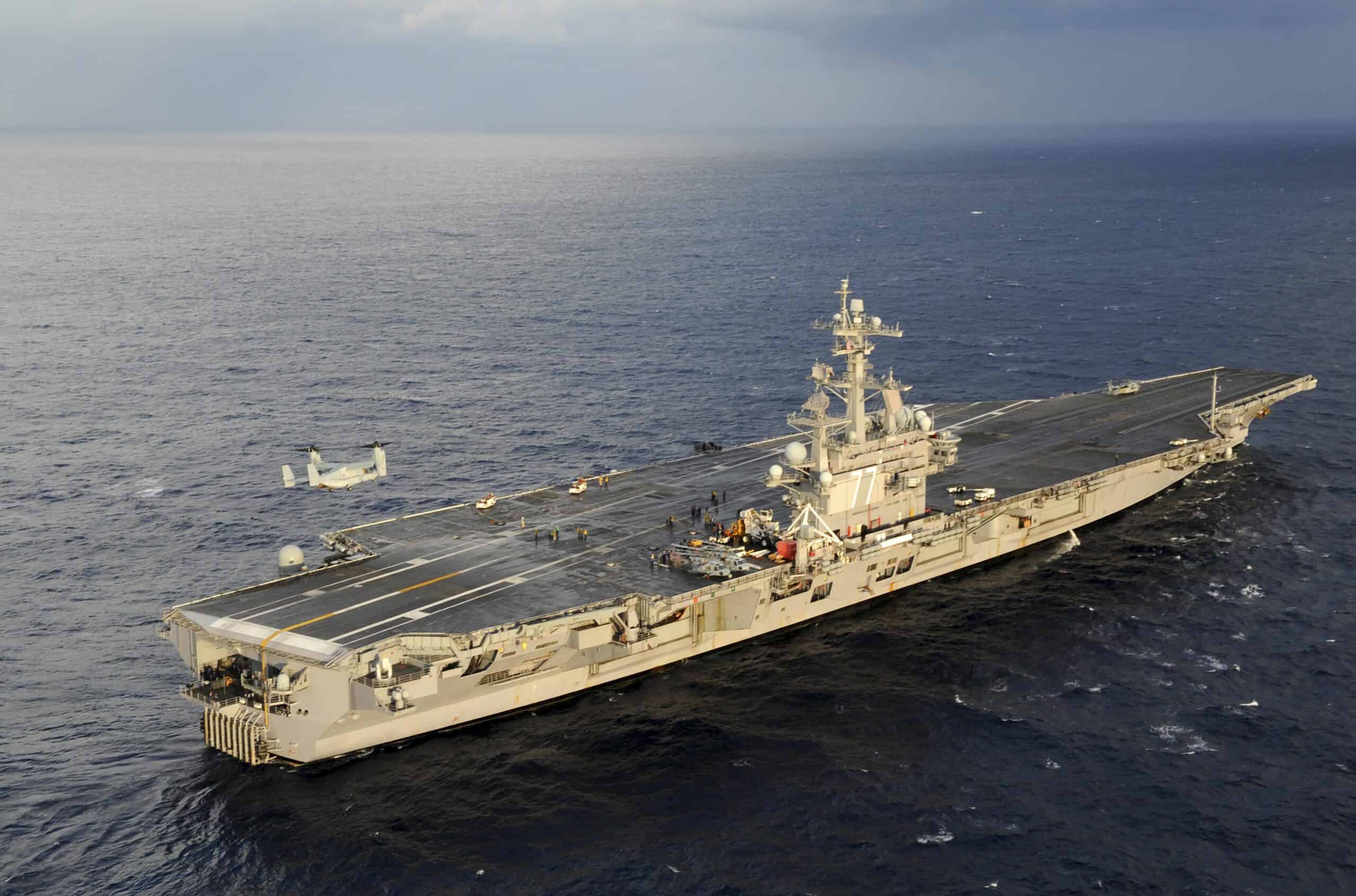
Saudi Arabia intervened in the war in 2015 to restore Yemen’s internationally-recognized government, but the Houthis have been able to stay in control of the capital and the northern and western parts of the country. The U.S. and U.K. have carried out airstrikes against Houthi missile sites and other facilities in retaliation for their harrassment of international shipping.
2. Iraq
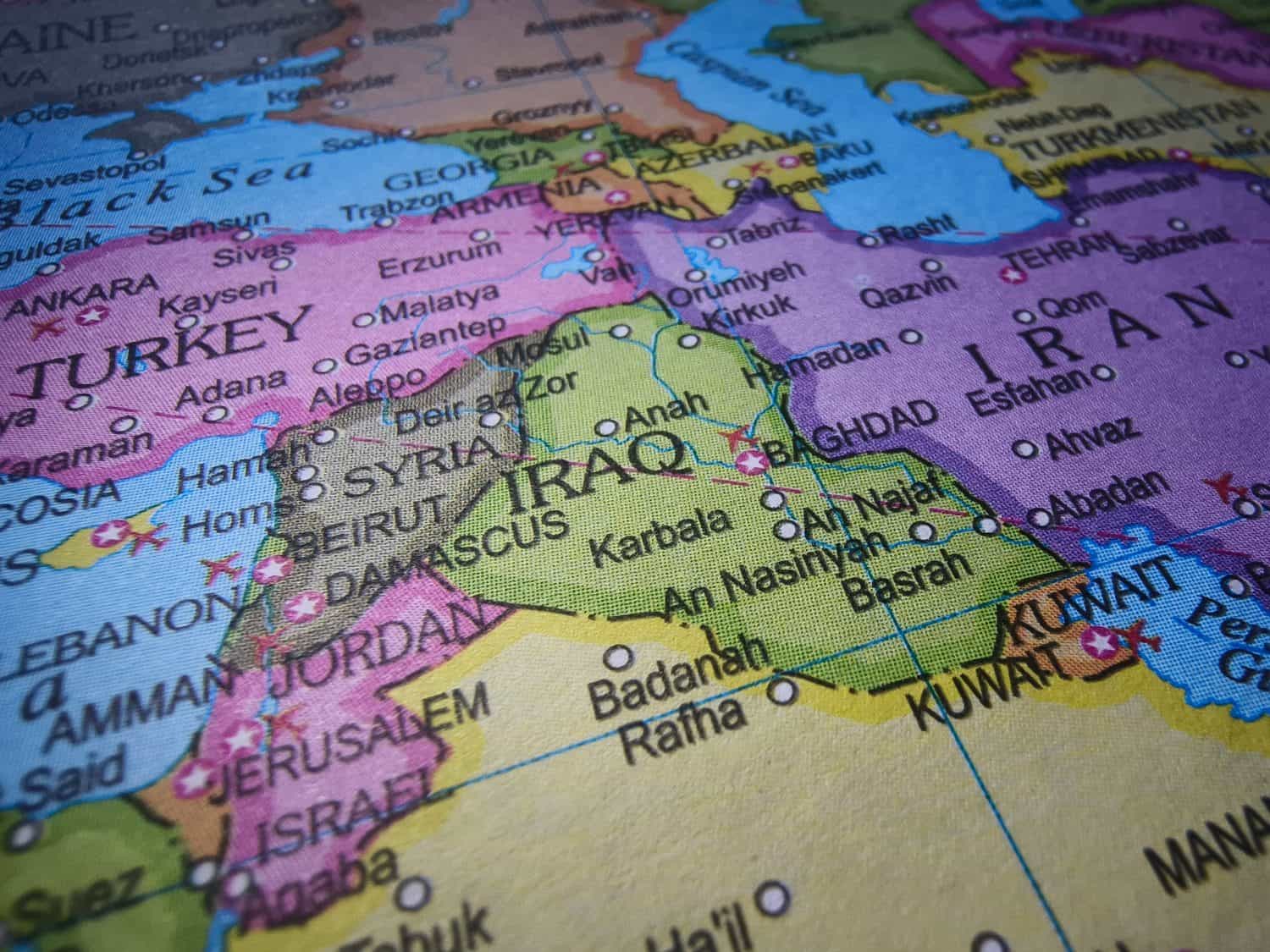
Iraq became destabilized from two U.S.-led invasions, giving neighboring Iran an opening to expand its influence. It supports several Shia paramilitary forces, including Kata’ib Hezbollah (KH), Asa’ib Ahl al-Haq (AAH), and the Popular Mobilization Forces (PMF). These groups not only have military capabilities, but considerable political influence in the Iraqi government. Iran’s elite Quds Force in the Revolutionary guards also operates in Iraqi territory.
Western Response
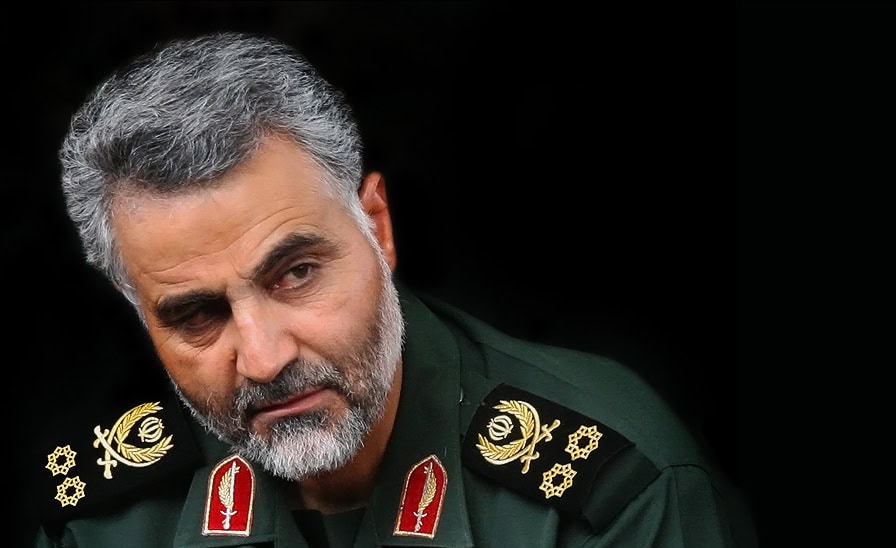
The U.S. and coalition forces have unleashed airstrikes on Iranian-backed paramilitary groups in Iraq in retaliation for their attacks on U.S. military bases. The U.S. carried out a drone attack in 2020 in Baghdad that killed Qassem Soleimani, the leader of the Quds Force. The U.S. has also placed sanctions on groups and individuals connected with these groups. Finally, the Americans have spearheaded diplomatic efforts to created closer relationships between Iraq and the Persian Gulf states to counter Iranian influence.
3. Syria
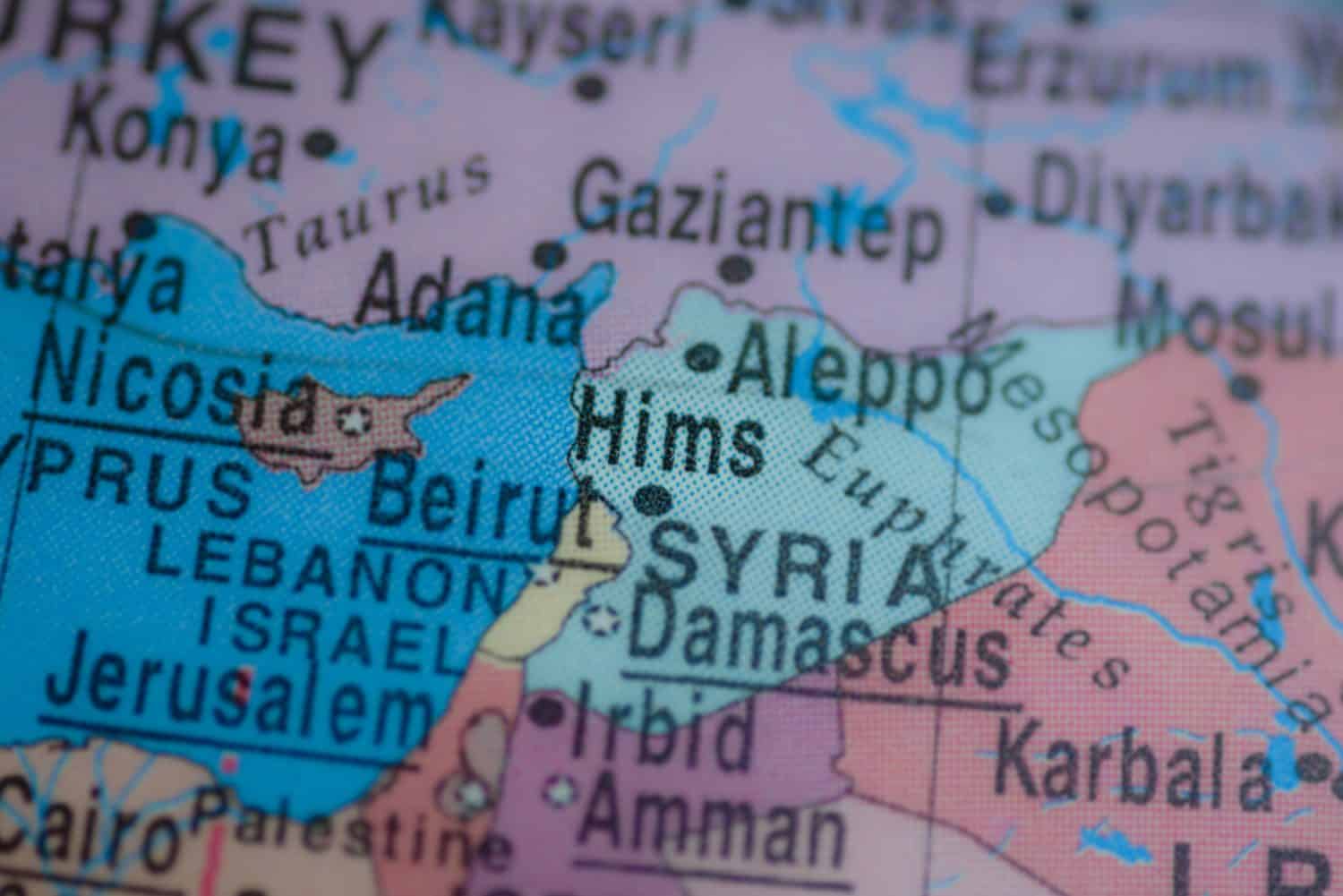
Iran has supported the government of Bashir Assad with funding, arms, and training. They have also sent their own Revolutionary Guards forces into Syria to participate in the civil war there. Recently the government has collapsed under the onslaught of rebel groups and Assad has fled to Russia. Iran still has options to influence the situation on the ground through other Islamic groups.
Western Response

The U.S. and Israel have launched airstrikes against the paramilitary groups in Syria from time to time over the years. After the fall of the Assad regime, Israel has so far conducted nearly 500 airstrikes on military weapon stockpiles, sank the Syrian navy, and has sent troops into the UN buffer zone in southwest Syria to take out arms caches and other military targets to improve its own security situation.
4. Lebanon
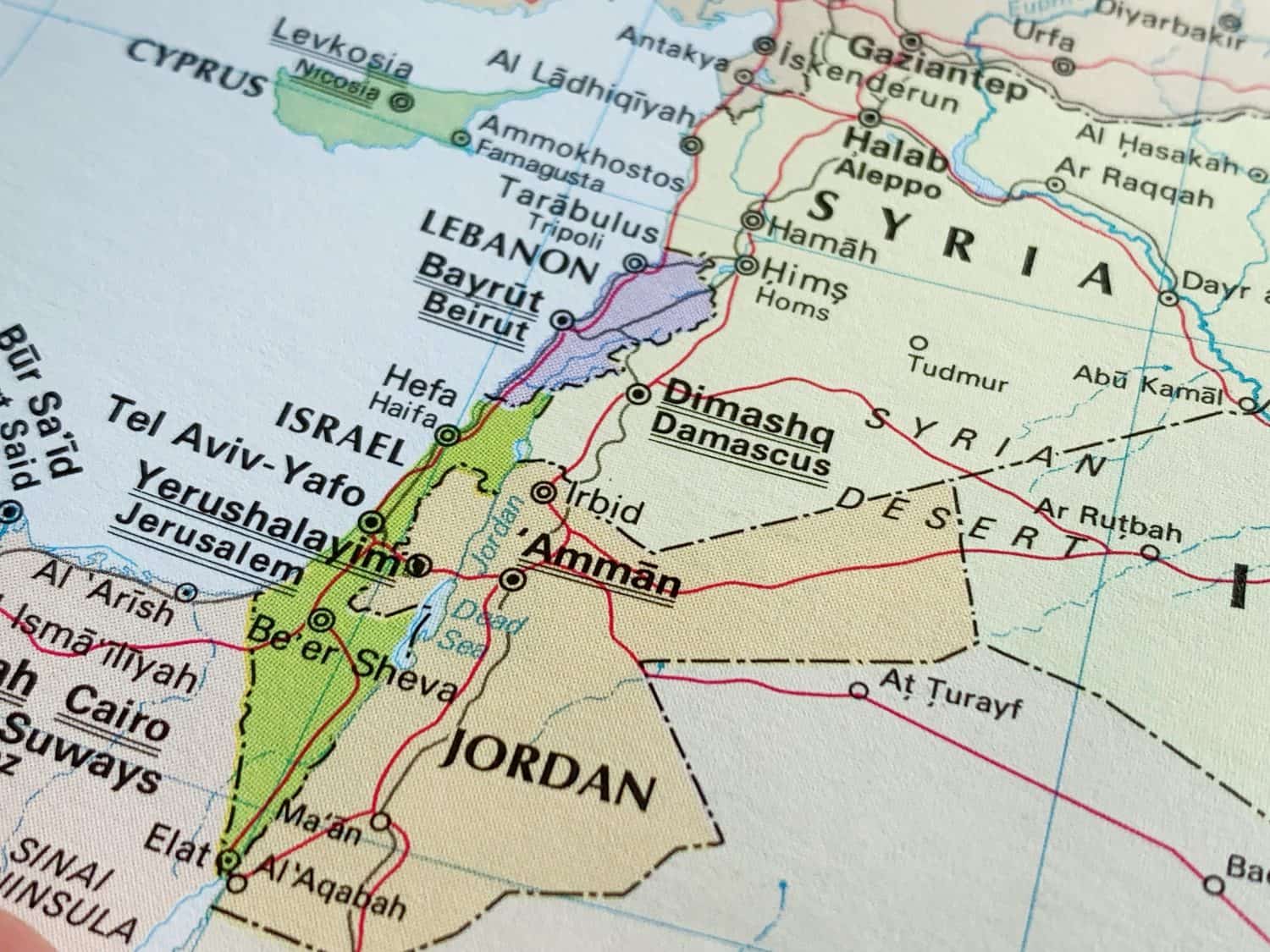
Hezbollah is a powerful militia group based in southern Lebanon. It functions as a state-within-a-state that is stronger than the Lebanese army itself and provides social services for the population in the areas it controls. Hezbollah has a large supply of short-range missiles that it has used to bombard communities in northern Israel, forcing the evacuation of over 90,000 Israelis.
Western Response
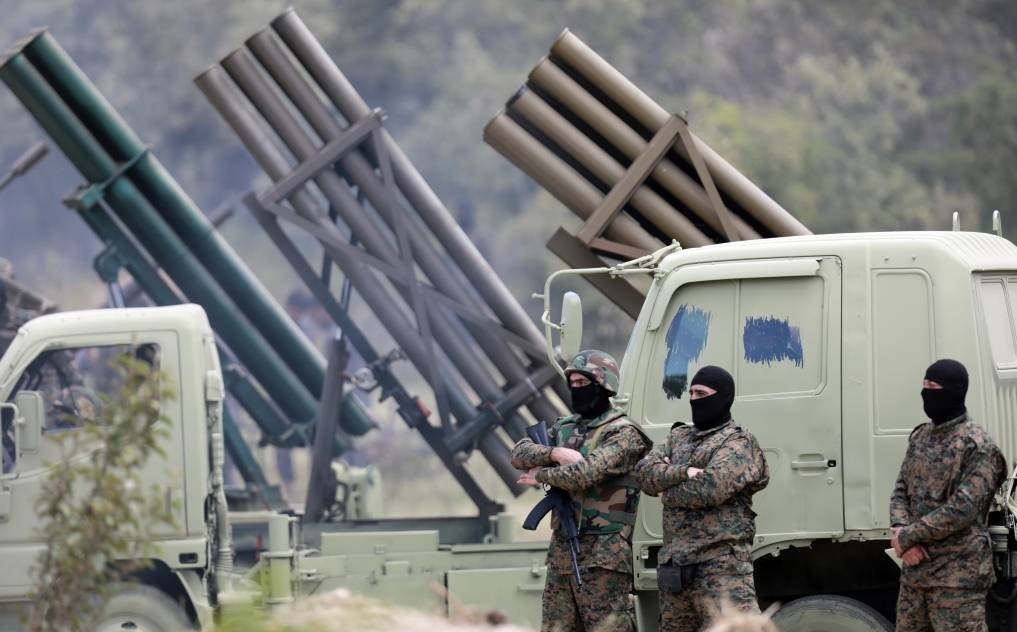
In October Israel launched an attack on Hezbollah that displaced over a million people from southern Lebanon. It started with remote-controlled explosive devices in cell phones used by Hezbollah leaders that simultaneously exploded, killing and injuring hundreds. air strikes and ground engagements destroyed arms caches, bases, and command-and-control infrastructure. November 27 a ceasefire went into effect, negotiated by the U.S. and France.
5. Israel/Palestine
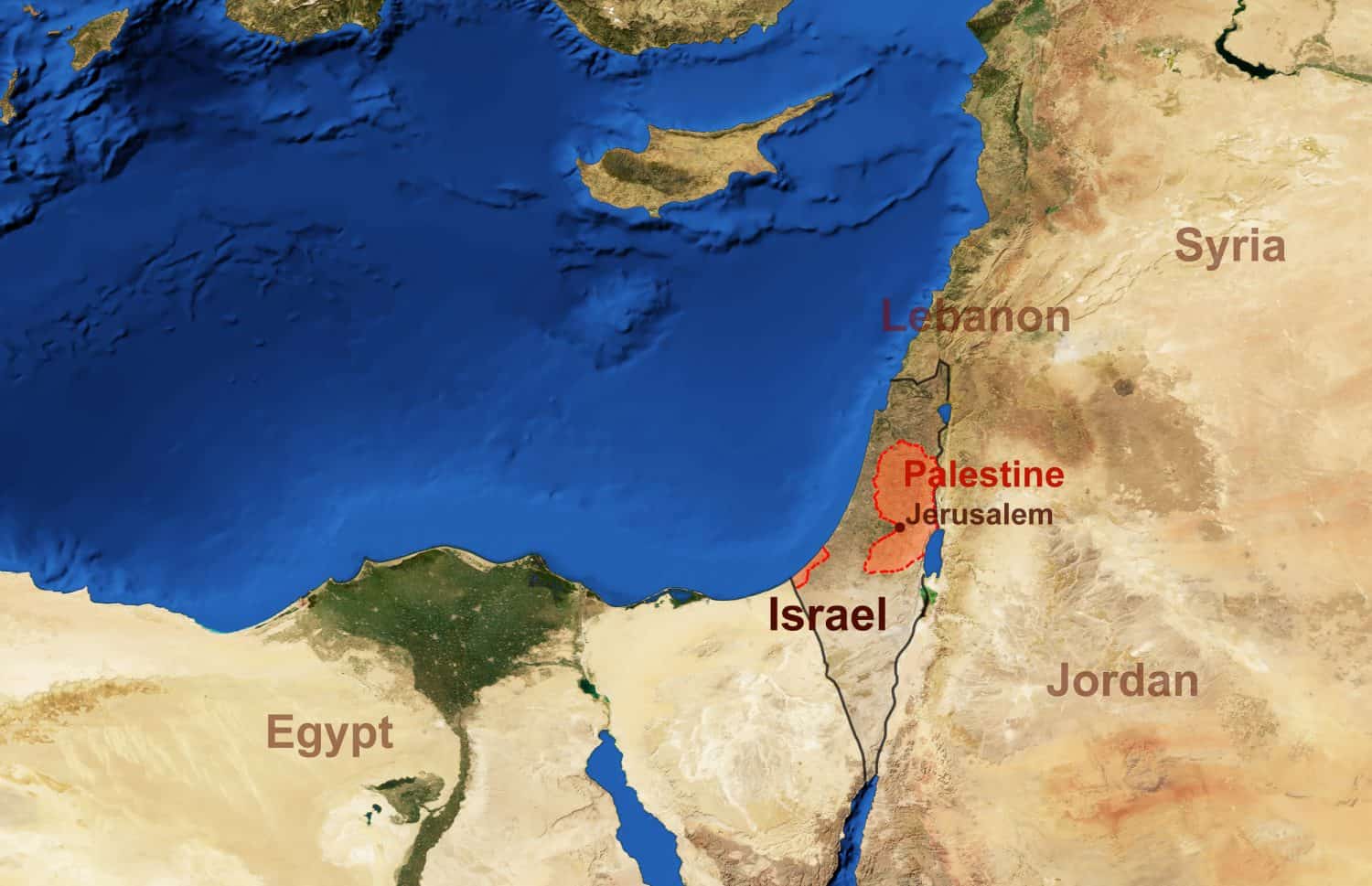
In the Israeli-occupied Palestinian territories, Iran has sponsored several milita groups, including Hamas in the Gaza Strip and Palestinian Jihad in Gaza and the West Bank. Hamas has governed Gaza since 2007. In October 2024, along with Palestinian Jihad, they carried out a brutal terrorist attack in southern Israel that killed over a 1,200 people, mostly civilians.
Western Response
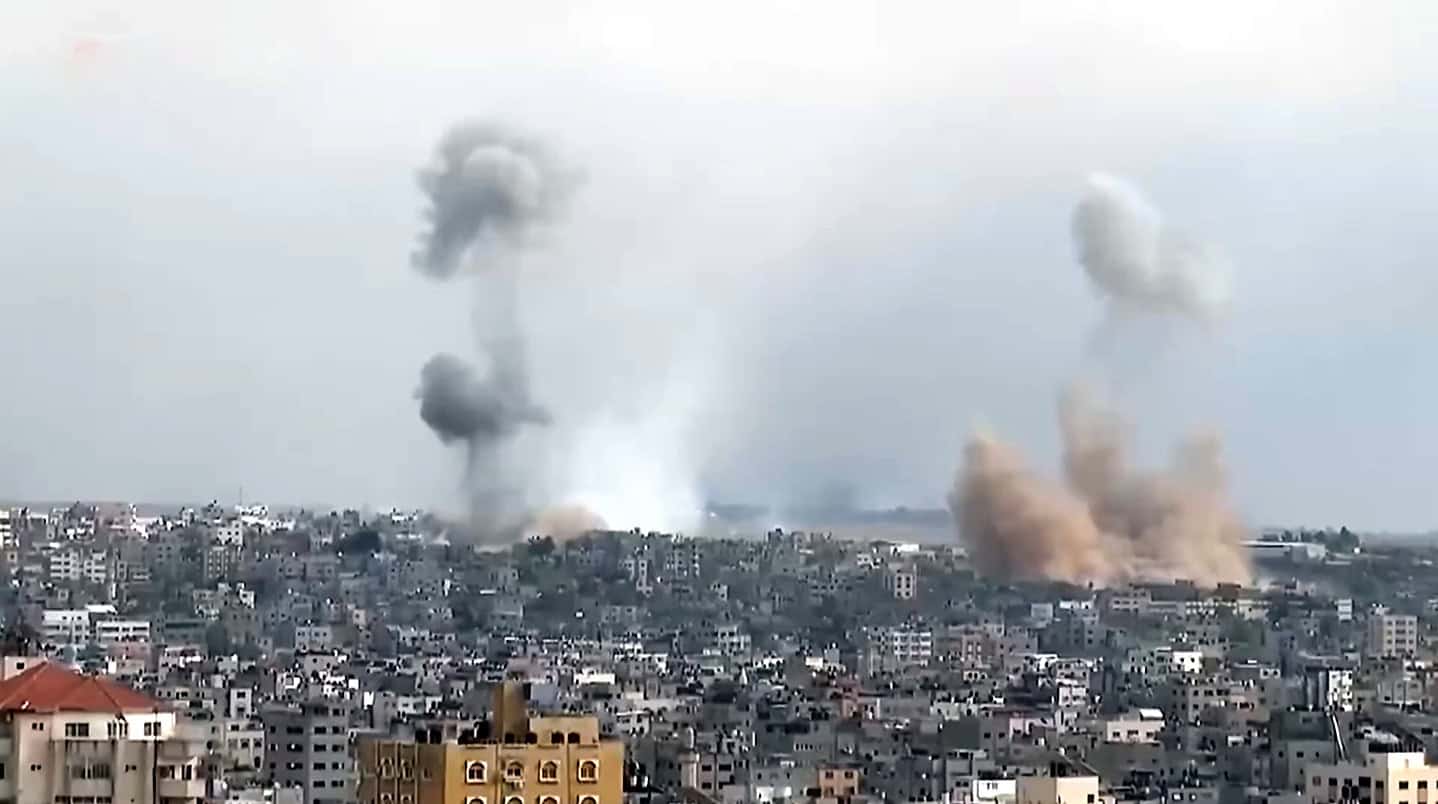
Israel responded to the October attack with a massive aerial bombardment and ground invasion of Gaza that has killed over 37,000 people, including most of the Hamas leadership.
What’s Next?

Even though there appear to be military setbacks for Iran in some of the areas where they sponsor clients, the chaos itself has stretched Israel’s resources and appetite for war. There is a possibility Iran will take advantage not only of the chaos in the Middle East, but the simultaneous crisis in Ukraine and the distraction of the United States with the transition to a second Trump presidency to make a final sprint to full nuclear status.
It’s Your Money, Your Future—Own It (sponsor)
Are you ahead, or behind on retirement? For families with more than $500,000 saved for retirement, finding a financial advisor who puts your interest first can be the difference, and today it’s easier than ever. SmartAsset’s free tool matches you with up to three fiduciary financial advisors who serve your area in minutes. Each advisor has been carefully vetted and must act in your best interests. Start your search now.
If you’ve saved and built a substantial nest egg for you and your family, don’t delay; get started right here and help your retirement dreams become a retirement reality.
Thank you for reading! Have some feedback for us?
Contact the 24/7 Wall St. editorial team.
